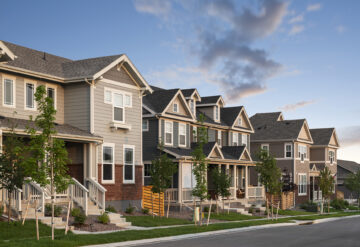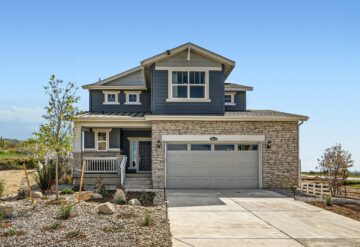Which community amenities top your new home wish list?
One of the many benefits of buying a new home is access to a variety of facilities and services your new community has to offer its residents; from parks and golf courses to swimming pools and trails, a community can achieve resort-style efficiency.
When shopping for a new home, consider the following amenities that a community can provide you with to accommodate and enrich your daily living experience, and ask yourself, “Will I use this? How often will I use it? And, am I willing to pay for its availability to me?
Parks:
Enjoy an outdoor lifestyle with a community park that encourages fitness, fun, and relaxation. At times, it is an impressive “outdoor room” where camaraderie develops – you meet new people, possibly find life-long friends. Often, there is ample room for athletic competitions (e.g., soccer, ultimate frisbee, or baseball), public events (e.g., festivals and fundraisers), and private events (e.g., birthday parties). Then, there are certain zones of the park, typically wooded, which may offer a “quiet place” for those who wish to get away from the sounds of civilization (e.g., traffic, machines, and crowds) and recover with the resonances of nature.
Consider the structural amenities that enhance the functionality of a park in or nearby your new community. Benches, picnic tables, water fountains, and public restrooms provide an element of “comfort” that, accompanied by grills and/or fire pits, permit outdoor cooking experiences, which subsequently encourage social gatherings. Paved jogging paths and outdoor fitness equipment(e.g., pull-up bar and balance board) grant exercise enthusiasts a no-expense “gym membership.” Playgrounds welcome park-goers to bring their children, and primary settings for sports (e.g., basketball or tennis courts and skateboard areas) support social sportsmanship opportunities.
If you hope to frequent the park in your community, evaluate its level of convenience. Is it within walking distance of your home? Or, if you have to drive there, is parking available and feasible for a large number of guests? Also, be sure to review the park’s rules and regulations. For example, you may wish to verify the following:
• Is the park dog-friendly?
• Can you go fishing in any bodies of water?
• What are the hours of operation?
Community Pool:
The recreation and relaxation elements afforded to you with a community pool make it a convenient, even desirable, amenity. It can feature accessories like water slides and diving boards for entertainment; a spa for leisure; lounge chairs and shade umbrellas for comfort; and sanctioned swim lanes for aquatic-exercise enthusiasts and swim team meets. Moreover, this outdoor space is well suited for socializing with neighbors or holding private events (e.g., a birthday party), and its availability makes for a great time spent with family and friends.
Perhaps one of the most noted benefits of a community pool is the relief of maintenance responsibility and financial stress that commonly follows owning a private pool at your home. Someone else is responsible for the cleanliness and usability of this outdoor feature; the water should be clear, the filters unclogged and operating, no algae on the pool steps or edges. Truly, the convenience of a pool on a hot summer day is more enjoyable when you are free of concern for its functionality.
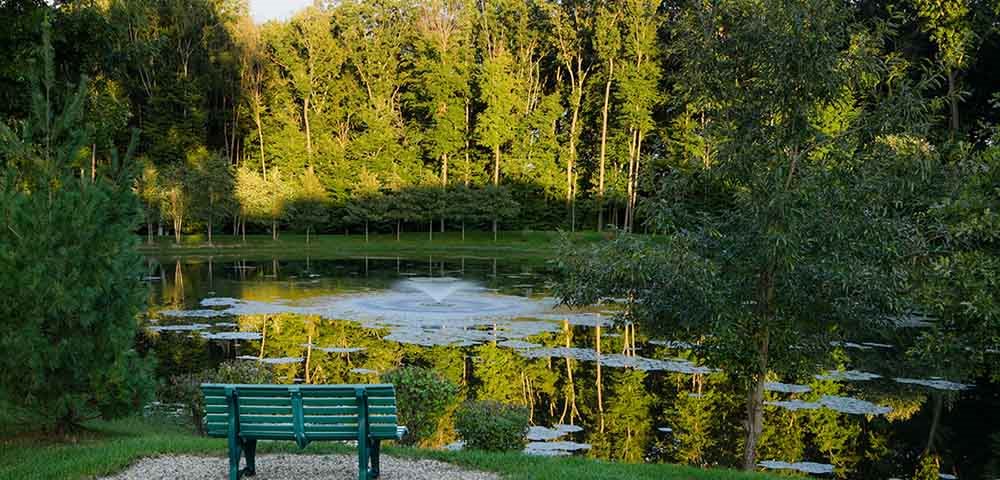 Greenbriar Stonebridge Scenery.
Greenbriar Stonebridge Scenery.
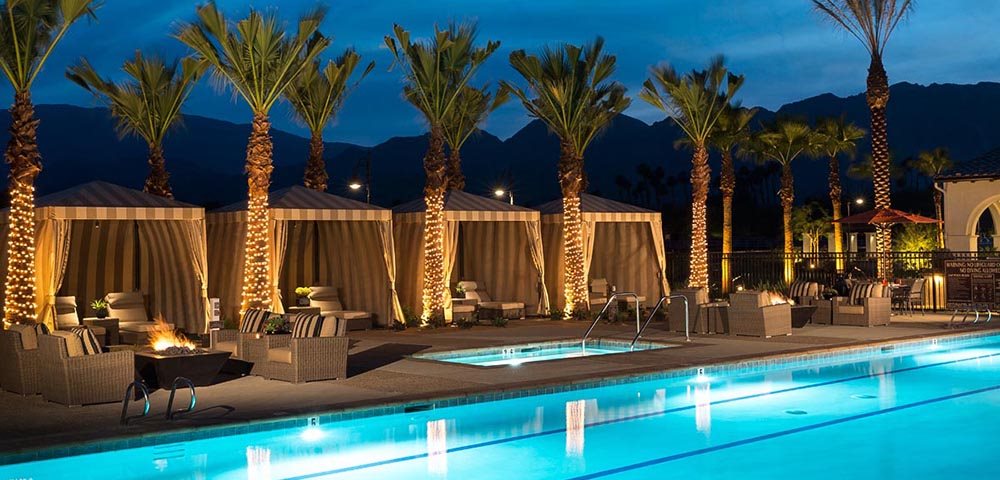 Griffin Ranch Clubhouse Pool.
Griffin Ranch Clubhouse Pool.
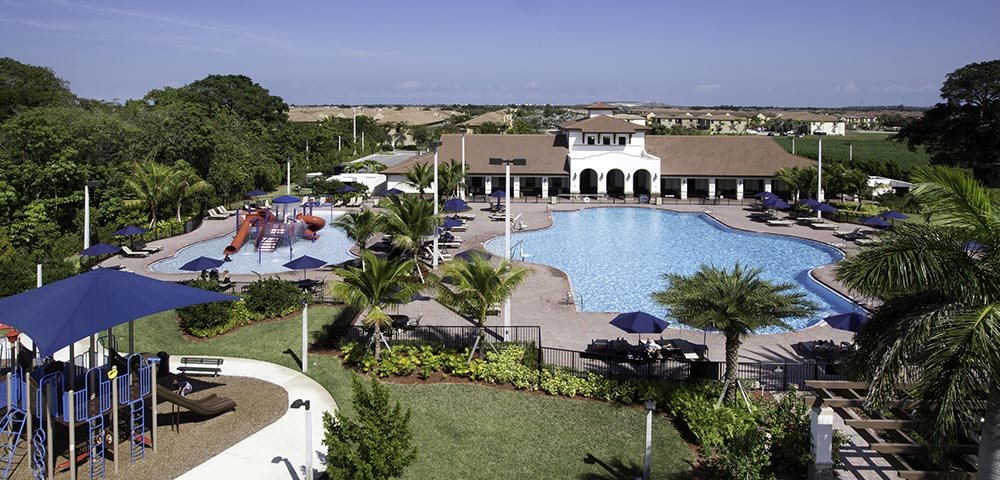 Silver Palm Clubhouse.
Silver Palm Clubhouse.
Jogging Trails and Bike Lanes:
Accessible walking and/or jogging trails are one of the most desirable features of a community for new homebuyers. The ability to be physically active at the convenience and flexibility of one’s own schedule ensures a healthier lifestyle, lowering risks of heart disease, cancer, and depression, to name a few, while reducing healthcare costs. Walking and jogging are the simplest and most inexpensive forms of exercise, and trails grant you 24-hour access to either workout.
Trails and bike lanes should conveniently service their respective recreational habits to a degree that is both flexible and safe. Both should be wide enough to enable feasible passing; extend beyond the neighborhood property line into the surrounding community – a healthy, affordable, and eco-friendly way to get to work, run errands, or simply get a change of scenery; and work compatibly with traffic. Neither should be riddled with cracks, potholes, or divots that tempt a stumble.
Golf Course:
There are more benefits to living on a golf course than playing a game whenever you want. Potential homeowners, even those who do not swing an iron, will seek out a golf course community for its lavish homes, well-groomed landscapes, and exclusive clubhouse with all its luxurious services. These amenities, in turn, not only impart a sense of prestige for residents, but also create a better resale value on the home-buying market.
A golf course home is the equivalent of opulence. Not only are the exterior and interior designs of these homes rich in quality and appearance, but there is variety in style and purpose. There can be grand homes mixed in with villas; quaint townhomes mingled with ambitious condominiums or apartments. These options eradicate any false assumptions that only wealthy or high-standing individuals can afford to live in a golf course community.
If you stroll through one of these neighborhoods, you will notice that pleasant views are not in short supply. The grandeur of the homes is magnified against lush green backdrops set off with groups of elder trees and tranquil ponds. Enjoy clean, fresh air and a welcomed sense of peace and quiet, as you walk the trails that meander through forests and over grassy hills, knowing that any trace of interurban life and its intolerable clamor are a good distance away.
The clubhouse is a central point for neighbors, friends, and/or family to gather together for delicious dining experiences and an assortment of recreational activities. Often, these facilities entertain and accommodate residents with fitness centers, full-service pro shops, men’s and women’s locker rooms, multi-purpose rooms, and sometimes a wedding venue. Furthermore, the clubhouse will host social events such as arts and crafts shops, yoga classes, Zumba, book clubs, and junior golf camps.
If you are an avid golfer, there are four elements that make up a good golf course: Condition, routing, design, and variety. The condition of a course is the basic state of its appearance. Routing is the arrangement of the holes; an important feature of a course’s design, an architect must consider seasonally-prevailing wind(s) and the length of the course when mapping out the hole-by-hole play. The design of a golf course (i.e., the tactful use of the terrain and strategic placement of water hazards and bunkers) should test and develop a player’s skills in a fair, entertaining manner; rarely does a golfer wish to return to a course that left him or her frustrated at the eighteenth or, worse, the ninth hole. Variety applies to topography – knobs, knolls, plateaus, swales, saddles, hollows, and ridges all pose a more entertaining, challenging game – and play options. Changing directions and tee-to-green distances afford a golfer the chance to alter their play tactics, as he or she examines all aspects of the game with the end goal of sinking the hole.
Water Features:
A retention pond is a manmade basin that indefinitely holds a set amount of water. If well-designed, this feature can aesthetically enhance the landscape of a neighborhood, support a variety of wildlife, and be used for recreational purposes (e.g., fishing and non-motorized boating). The surrounding property is commonly spruced up with trees, shrubs, and/or flowers, turning the space into a small park, and the retention pond will often display a fountain or waterfall, which incidentally, helps reduce the risk of mosquito breeding – the incubation of mosquito eggs cannot occur in moving water. Yet, the greatest benefit of a retention pond is that it captures runoff and assists with storm water management; water levels are controlled by a low-flow orifice that is part of a riser.
Lake communities are great for homebuyers who want to live closer to nature and own a permanent vacation home. Lakes offer habitants a wide variety of aquatic recreations, from swimming to sailing to jet skiing to wakeboarding to fishing. And, lake homes guarantee you a better sense of privacy on the water and amongst the trees.
Wetlands are commonly dubbed “nature’s hazard insurance,” because these low-lying formations in the landscape hoard runoff, and then dispense it into the air or drain it into lakes, rivers, or underground reservoirs. As a natural habitat, wetlands may harbor a variety of wildlife including ducks, geese, pheasant, deer, crawfish, bass, and catfish – a great opportunity for hunting and fishing enthusiasts. If your home lies within close proximity of a wetland (i.e., within 100 ft), you may have to speak with the Conservation Department if you want to landscape or build on your property – a necessary precaution against flooding.
Gated Community:
A gated community offers residents a reinforced sense of security and privacy. However, gated communities often fetch a higher price for their homes and hold residents to a higher standard regarding the appearance of their home and surrounding property; this, in turn, keeps the value of the community up.
Homeowner’s Association (HOA):
Several of the aforementioned amenities and features in a community will be included in your monthly or annual HOA fees. An HOA is an organization put in place to oversee a planned community or condominium; it creates and imposes rules to maintain the quality and safety of the community. With the money it collects from residents, the HOA manages and maintains the following amenities:
• Appearance and sensation of a golf community’s scenic landscapes;
• Cleanliness and usability of a swimming pool;
• Inspection and tending of vegetation, mechanical or structural equipment, and litter control at a retention pond, in addition to stocking the pond with fish and removing silt build-up;
• Dock maintenance, litter control, and park preservation in a lake community; and,
• Upkeep of gates and private streets – the community streets are considered “private” due to the public-disconnect enforced by the gate.
For more information on the purpose of an HOA, click here
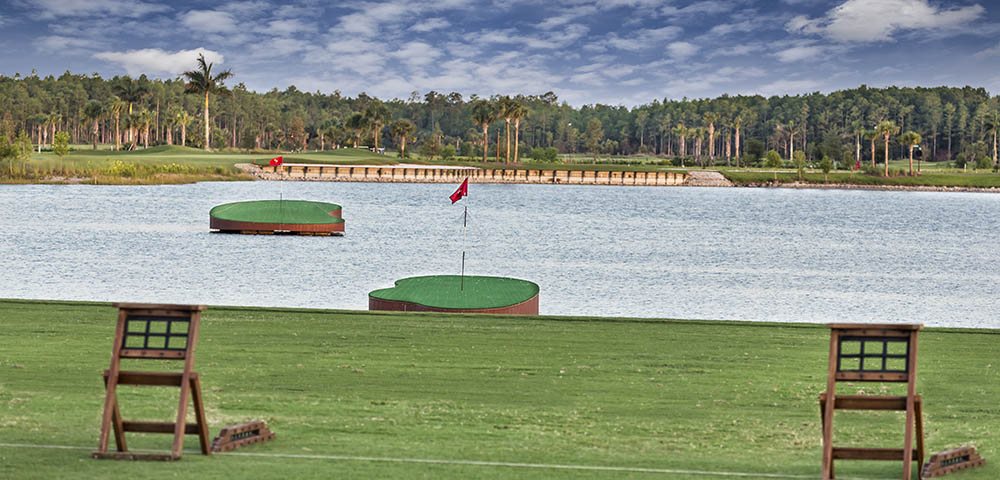 Bonita National Golf Aqua Range.
Bonita National Golf Aqua Range.
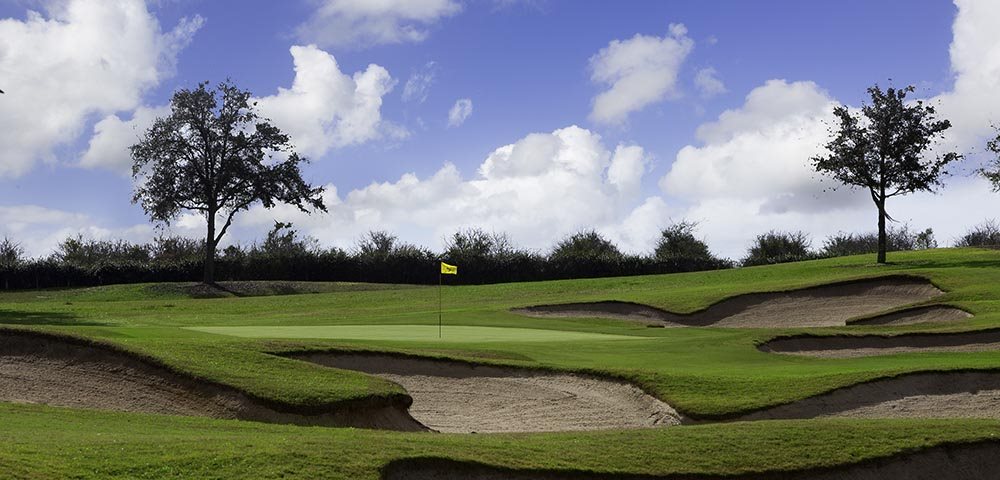 Champions Gate Golf Course.
Champions Gate Golf Course.
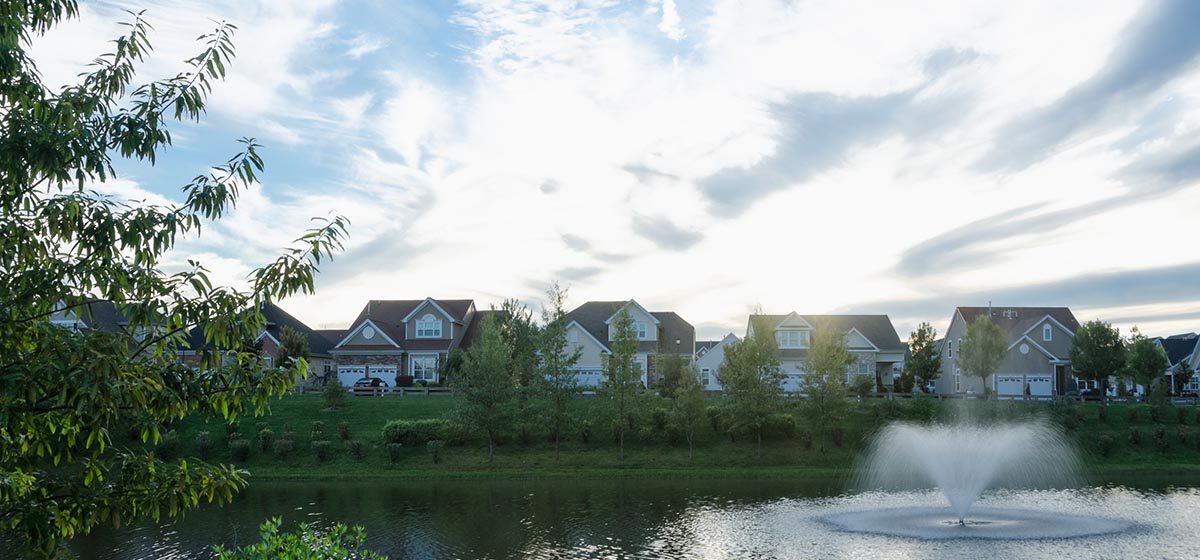 Scenic views of the community.
Scenic views of the community.


